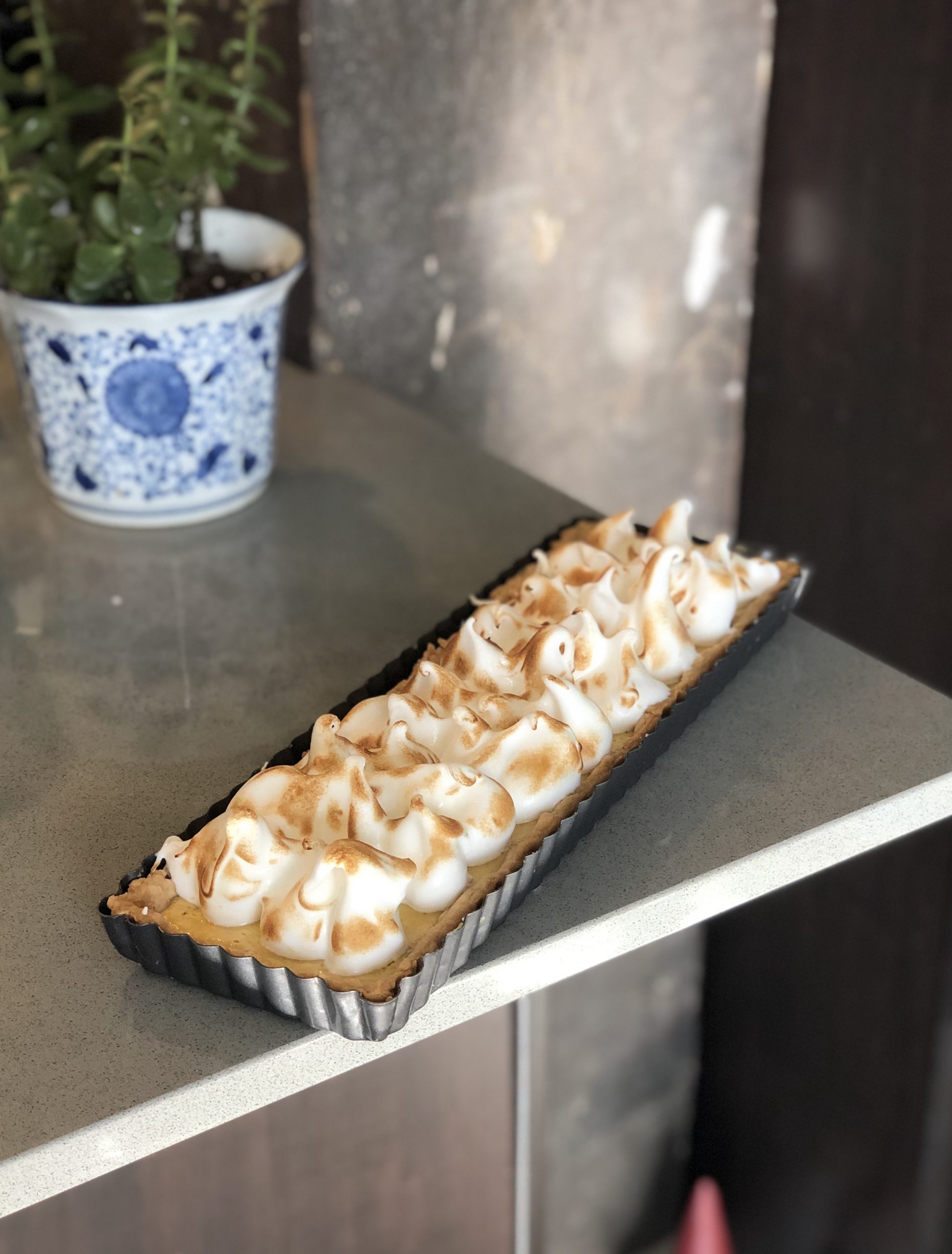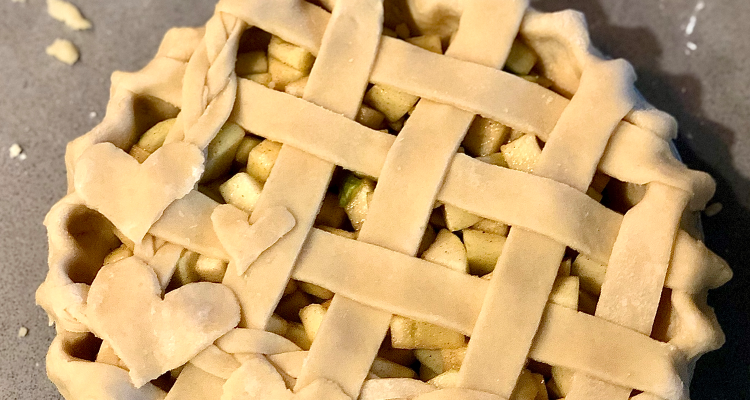Now’s the time to learn from our Appalachian roots and make do with what we have.
With the shelter-in-place order, home cooks should be limiting their trips to the grocery store. We know now is not the time to run out for that one specialty ingredient, but what to make? Instead of dwelling on what is missing, we should all focus on what we do have: Appalachian roots and a community there to support us — electronically.
While these feel like uncertain and uncharted times, history reminds us that resourcefulness has been the cornerstone of cooking in this part of the county. Appalachian cuisine is rooted in subsistence cooking. Recipes focus on extending the life of ingredients through pickling, preserving and fermenting. This waste-not, want-not philosophy is especially visible in one of Appalachia’s most recognizable recipes — salt rising bread.
SALT RISING BREAD
Salt rising bread has a long history in Appalachia, with some of the earliest recipes coming from present-day West Virginia in the 1790s. The bread requires no yeast, and instead, uses air-born bacteria as its leavening agent. Bakers cultivate the bacteria by mixing a starter of milk, flour or cornmeal and sometimes a potato. The recipes are often as varied as the bakers that perfected them over generations.
Because of the leavening agent — bacteria — the bread has a unique flavor. Some describe the taste as cheesy, while others use the less flattering descriptor of “stinky feet.”
Taste aside, its complexity is a nod to the skill and agility of early settlers and their ability to adapt to the challenging environment of Appalachia. Salt bread is notoriously difficult to make, capturing the attention of home bakers and professional chefs alike.
Read more about West Virginia’s food traditions such as salt rising bread, ramps, pepperoni rolls, buckwheat and paw paw in Kyle Knox’s first “Hills and Hollows” article for Weelunk.
APPALACHIAN FOODWAYS TODAY
Presently, there is a resurgence in traditional cooking. With the stay-at-home order in place, many of us find ourselves with unexpected time on our hands, and a desire for the comfort and satisfaction of a home-cooked meal. Recipes we would typically regard as too time consuming, too complicated or too old fashioned are being made across the country. Many of these traditional recipes have ties to geography, cultural heritage or familial tradition.
Chris Villamagna, Wheeling Heritage program manager, wrote recently of her experience trying a traditional eastern European recipe for the Easter Holiday.

“This was a staple for the holiday that we usually purchased from the local bakery or the grocery store. I thought I would double the recipe so that I could mail one to my mother in Pittsburgh. They turned out fantastic!” The process, she says, was part tradition and part therapeutic. “These days, I’m taking all the wins I can get. As my mother messaged me when I shared a photo of the finished product, ‘Why did this never happen when we got together for Easter?’ I’m not sure, is all I can say. Maybe I needed more time. Maybe I thought it was easier to buy it from the store. All I know now is that making it myself felt great.”
LOOKING TO CONNECT

Villamagna isn’t the only one finding comfort in the Kitchen. For her — and so many others — these culinary adventures are also a way to connect with others. Sharing a photo of a new or old recipe on Facebook has become increasingly popular. The Wheeling-area Facebook group Connect in the Kitchen now boasts over 1,700 members, with photos of food and recipes being shared each day, every day, since the onset of social distancing.
Jessica Rine, the group’s founder says, “Cooking can be such a distracting, positive, therapeutic and creative outlet. My favorite posts on social media are food posts, and I knew I wasn’t alone, because friends were always sharing their dishes. I’m part of some large nationwide food groups, but having a group primarily local is special. We share recipes and pictures, but also share that meat was picked up at Mikas’, veggies at Jebbia’s and special ingredients at Public Market or Good Mansion. Also, lots of pepperoni roll recipes and unique uses of ramps!”
It is that sense of connection — both to the past and to each other — that makes the popular group so appealing. Overcoming hardship is a cornerstone of Appalachian heritage. Posting a photo on social media of your grandma’s pickled ramp recipe provides a fitting metaphor for this moment in history.
We are all in this together, united in a common history of resourcefulness and community. That is what will help us through this difficult time. And if you’re brave enough to try your hand at salt bread, don’t forget to post about it on social media.



